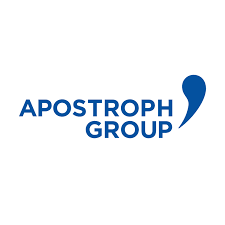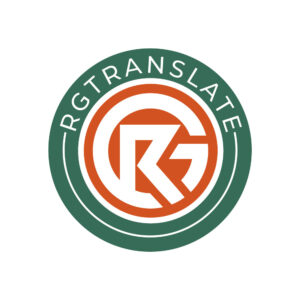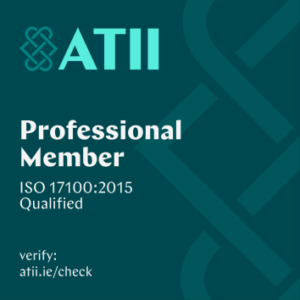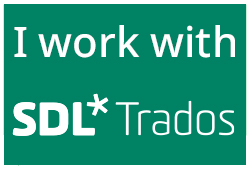Frequently asked questions
Here you can find answers to lots of questions about my translation services as well as about translation in general. If you have any questions that aren’t answered below, please visit the Contact page and drop me a line! I’d love to hear from you!
My fees depend on the specific project. Factors such as subject area, complexity, urgency and document format are all considered. Depending on the specific requirements of your project, my fee may be based on a per-hour or per-project rate, but this will always be agreed with you in advance.
Drop me a line and I’d be happy to chat with you and then provide you with a full quote in writing for your project.
This depends on the type, complexity and volume of content you want translated. However, as a general guideline, I can deliver translation projects of up to 1,500 words within 3 working days. Your project will be publication-ready when you receive it.
I will always provide you with a specific deadline (date and time) before starting working on your project.
If you have an urgent project, I would be happy to discuss an individual delivery time with you (subject to a rush charge).
I’ve been a translator since 2008. I spent four years working as an in-house translator, reviewer and project manager at a boutique translation company in Cork, Ireland, before moving to the European headquarters of Google in Dublin, where I worked from 2012 to 2014. Here, I was the Terminologist responsible for managing the company’s glossaries used by translators working into over 70 languages, and I was also the lead linguist for localisation into British English. I have been working as a full-time freelance translator since 2014 and have clients in numerous industries.
Translation is the process of converting content from one language to another. Localisation is another step which ensures that the content is culturally relevant in the target language. For example, items such as currencies, URLs, place names and cultural references are adapted to fit the local market. Whether localisation is necessary depends on who your target audience is – if your audience is in the UK, then you should localise currencies to GBP, make sure that cultural references are familiar to a UK audience, etc., however if your audience is in Germany, then a more international approach will suit you better.
Transcreation is a portmanteau of the words ‘translation’ and ‘creation’. As the name suggests, it refers to the process of adapting a message creatively from one language to another. Transcreation goes beyond translation in that it is not a 1:1 adaptation of the source content and there is greater focus on conveying the ideas and intended meaning. The translator will take more creative freedom in a transcreation, which involves moving further away from the literal words and syntax used and expressing things in a different way where necessary. Marketing texts are typically transcreations, as it is vital to appeal to the target audience using captivating language.
No. Like any good, professional translator, I only translate into my native language, which is English. However, I can translate into either British or US English.
The first step is to understand your needs. When you send me your content to translate, I will ask you what your goals are for this content and who your target audience is. If you have any other instructions or questions, this is the perfect time to discuss them.
I will take a look at your content and send you a quote for the project.
Once we have agreed on the terms of the project, I will get to work.
On my side, I then follow a three-step process: Translation -> Review -> Proofreading
First, I read through your content, do any necessary research and then translate it into fluent, engaging English. If we have worked together before, I will make sure that the tone and style are consistent with your previously translated English content. During the translation process, if I notice any errors in the German source content you have provided, I will inform you so that you fix them on your side.
Next, I review the translation, checking for logical inconsistencies, grammatical errors, cultural relevancy, etc.
Unless you need your translation urgently, I will then put the translation aside until the next day, when I perform a final proofreading. Allowing some time before this final step allows me to look at the content again with fresh eyes, which makes it easier to spot any potential issues before delivering the translation to you.
Finally, I send you your translated content, which is now ready for publication, and I remain available in the case of any questions or feedback.
I welcome any follow-up questions you may have.
I can handle most file formats. Some of the most common ones I work with are Word (docx), PowerPoint (pptx), Trados (sdlppx), xml and html files. I also work with PDF, Excel (xlsx) and image files (e.g. JPG, PNG). Note that image files and scanned PDFs are subject to additional charges, as they are more complex to handle.
Yes, I’m well versed in translating into both US and British English. In fact, I also regularly localise English-language text in both directions between the two variants for a number of clients in the travel and IT sectors. I also served as the Lead Linguist for British English for Google for a number of years.
You can read more about some of the differences between US and British English in my blog post here.
I specialise in tourism, sport and marketing content. Most of the content I translate is public-facing and includes website content, brochures, advertisements, newsletters, press releases, mailings and other promotional materials.
Like any good, professional translator, I only translate into my native language, which is English. However, I can translate into either British or US English.
I also offer content creation and proofreading services. Drop me a line to find out more.
Testimonials
My clients love working with me. Here’s a sample of what some of them have had to say:
Thank you very much for always being so available and for being on hand at short notice for urgent jobs! We are very happy with your translations, we say that all the time. Working with you is always really pleasant and so straightforward.
Fixed spaces, typographical quotation marks and such like are not standard for most translators, and the client is very particular about the little things... Thank you very much for that!

The translation is really very, very good. Please pass on my praise to the translator. 😊
Thank you, the translation is wonderful as always 😊
We’ve been happily working with Mr Grace for the last 10 years!

Thank you for the translation. I’m very happy with it.

Thank you for the quick and good translation of our texts.

Thank you for the quick and excellent translation work!
The translation is just perfect!
Thank you, the translation was very good!


